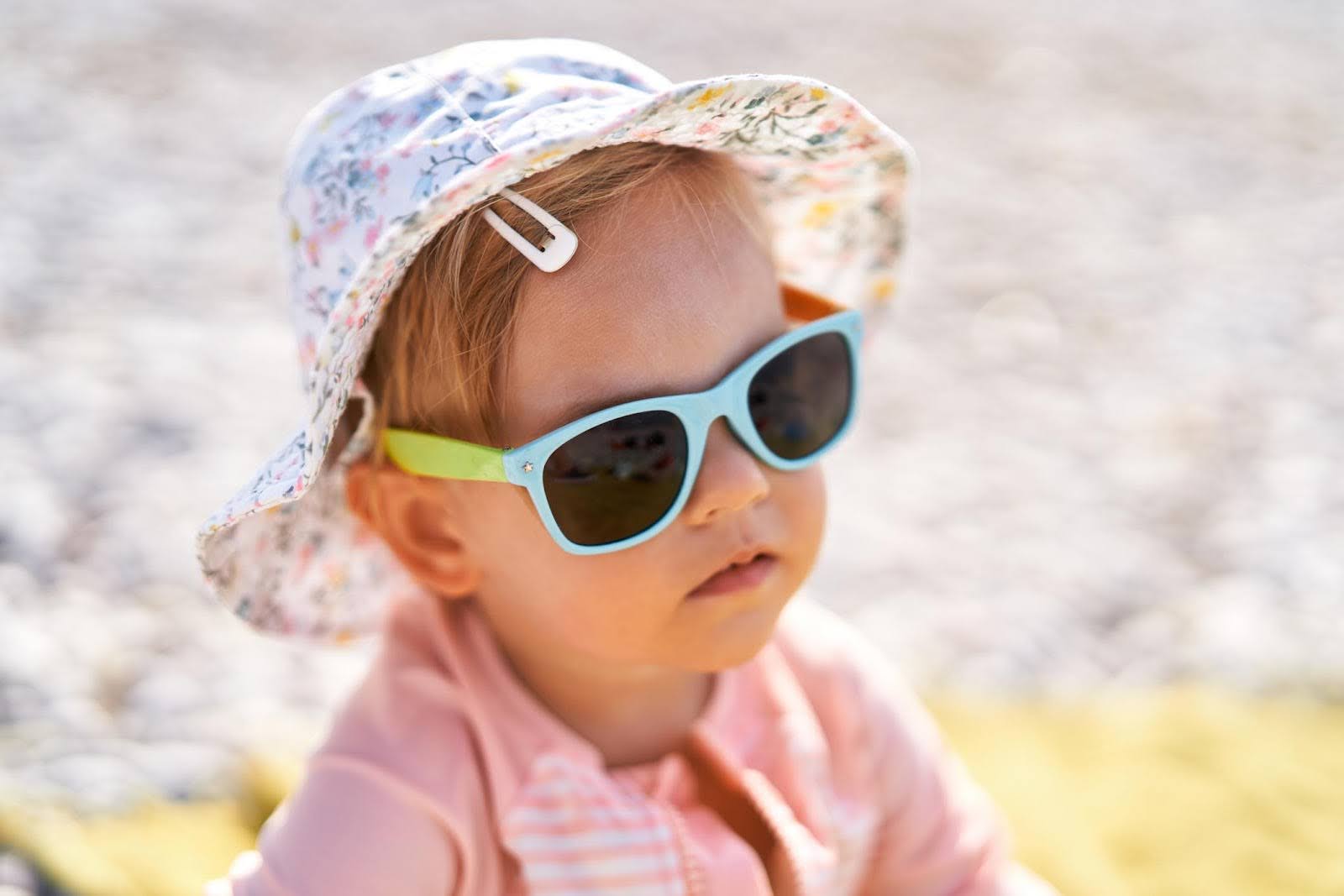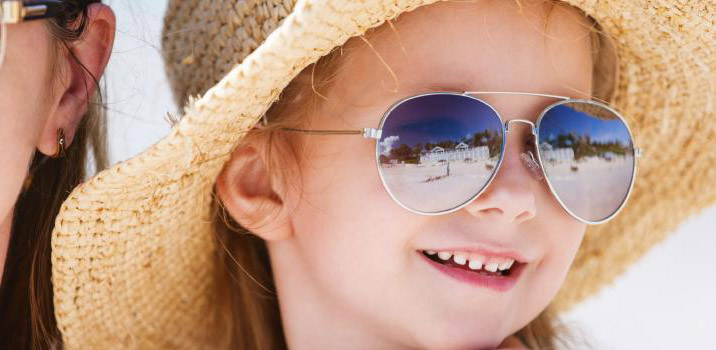Last Updated: December 8, 2025
How does spending less time outdoors impact children’s eyesight?
Increased time spent on near work and screens has been linked to an increased risk of developing myopia (nearsightedness) in children.1,2 This is a visual condition in which near objects are seen clearly, but distant objects are blurry and do not come into proper focus.
Currently, myopia affects 30% of the world’s population and its prevalence is increasing rapidly. It is estimated to rise to 50% by 2050.3 Evidence from one Canadian study suggests that approximately 17.5% of Canadian school children have myopia.4 The same study also found that 1 in 3 children with myopia were previously undiagnosed.
In addition to the rising rates of myopia, children are becoming myopic earlier and progressing more rapidly than previous generations.5 This is concerning, given that high levels of myopia can lead to sight-threatening conditions, including retinal detachments, cataracts, glaucoma, and myopic maculopathy.6,7

What are the benefits of spending time outdoors?
Research shows that spending more time outdoors in daylight can help prevent the development of myopia among children.8 Playing outdoors is also essential for healthy child development and is associated with increased physical activity and reduced sedentary behaviour.9
It’s estimated that an increase of one hour per day of outdoor time could reduce the occurrence of myopia in children by 45%.10
What can I do to protect my child’s vision and eye health?
- Encourage outdoor play: encourage children to play outside for at least one hour per day; more is better
- Follow screen time recommendation for children; less is better
- For children two years of age or younger, screen time is not recommended (except for occasional video calling)
- For preschool-age children, screen time of no more than one hour at a time with regular breaks is recommended
- For school-age children, screen time with regular breaks is crucial
- Get routine comprehensive eye exams with optometrist:
- The first eye exam is recommended for infants 6-9 months old
- A second eye exam is recommended for children 2-5 years old
- Yearly eye exams are recommended for children 6-19 years old
References
- Foreman, J., Salim, A. T., Praveen, A., Fonseka, D., Ting, D. S. W., He, M. G., ... & Dirani, M. (2021). Association between digital smart device use and myopia: a systematic review and meta-analysis. The Lancet Digital Health, 3 (12), e806-e818. Available from: https://www.thelancet.com/journals/landig/article/PIIS2589-7500(21)00135-7/fulltext
- Huang, H. M., Chang, D. S. T., & Wu, P. C. (2015). The association between near work activities and myopia in children—a systematic review and meta-analysis. PloS one, 10(10), e0140419. Available from: https://journals.plos.org/plosone/article?id=10.1371/journal.pone.0140419
- Holden, B. A., Fricke, T. R., Wilson, D. A., Jong, M., Naidoo, K. S., Sankaridurg, P., ... & Resnikoff, S. (2016). Global prevalence of myopia and high myopia and temporal trends from 2000 through 2050. Ophthalmology, 123 (5), 1036-1042. Available from: https://www.sciencedirect.com/science/article/pii/S0161642016000257
- Yang, M., Luensmann, D., Fonn, D., Woods, J., Jones, D., Gordon, K., & Jones, L. (2018). Myopia prevalence in Canadian school children: a pilot study. (6), 1042-1047. Available from: https://pubmed.ncbi.nlm.nih.gov/29391573/
- Vitale, S., Sperduto, R. D., & Ferris, F. L. (2009). Increased prevalence of myopia in the United States between 1971-1972 and 1999-2004. Archives of Ophthalmology, 127(12), 1632-1639. Available from: https://jamanetwork.com/journals/jamaophthalmology/fullarticle/424548
- Williams, K., & Hammond, C. (2019). High myopia and its risks. Community Eye Health, 32(105), 5-6. Available from: https://www.ncbi.nlm.nih.gov/pmc/articles/PMC6688422/
- Haarman, A. E., Enthoven, C. A., Tideman, J. W. L., Tedja, M. S., Verhoeven, V. J., & Klaver, C. C. (2020). The complications of myopia: a review and meta-analysis. Investigative Ophthalmology & Visual Science, 61(4), 49. Available from: https://www.ncbi.nlm.nih.gov/pmc/articles/PMC7401976/
- Dhakal, R., Shah, R., Huntjens, B., Verkicharla, P. K., & Lawrenson, J. G. (2022). Time spent outdoors as an intervention for myopia prevention and control in children: an overview of systematic reviews. Ophthalmic and Physiological Optics, 42(3), 545-558. Available from: https://onlinelibrary.wiley.com/doi/pdf/10.1111/opo.12945
- Tremblay, M. S., Gray, C., Babcock, S., Barnes, J., Bradstreet, C. C., Carr, D., ... & Brussoni, M. (2015). Position statement on active outdoor play. International Journal of Environmental Research and Public Health, 12<(6), 6475-6505. Available from: https://www.mdpi.com/1660-4601/12/6/6475
- Xiong, S., Sankaridurg, P., Naduvilath, T., Zang, J., Zou, H., Zhu, J., ... & Xu, X. (2017). Time spent in outdoor activities in relation to myopia prevention and control: a meta‐analysis and systematic review. Acta Ophthalmologica, 95<(6), 551-566. Available from: https://www.ncbi.nlm.nih.gov/pmc/articles/PMC5599950/

